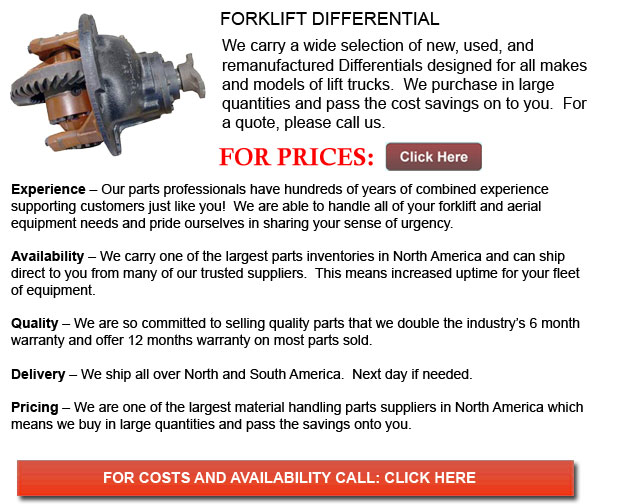
Forklift Differential - A mechanical machine which could transmit torque and rotation through three shafts is called a differential. Every now and then but not all the time the differential will employ gears and would operate in two ways: in cars, it provides two outputs and receives one input. The other way a differential works is to put together two inputs to be able to produce an output that is the sum, average or difference of the inputs. In wheeled vehicles, the differential allows each of the tires to rotate at different speeds while providing equal torque to each of them.
The differential is built to power the wheels with equal torque while likewise enabling them to rotate at various speeds. Whenever traveling round corners, the wheels of the cars would rotate at different speeds. Some vehicles such as karts operate without a differential and use an axle in its place. Whenever these vehicles are turning corners, both driving wheels are forced to rotate at the same speed, usually on a common axle that is powered by a simple chain-drive mechanism. The inner wheel must travel a shorter distance than the outer wheel when cornering. Without utilizing a differential, the result is the outer wheel dragging and or the inner wheel spinning. This puts strain on drive train, causing unpredictable handling, difficult driving and deterioration to the roads and tires.
The amount of traction required to move whatever automobile will depend upon the load at that moment. Other contributing elements include momentum, gradient of the road and drag. One of the less desirable side effects of a traditional differential is that it can limit traction under less than ideal conditions.
The effect of torque being provided to every wheel comes from the transmission, drive axles and engine applying force against the resistance of that traction on a wheel. Commonly, the drive train would supply as much torque as required except if the load is exceptionally high. The limiting factor is normally the traction under every wheel. Traction can be interpreted as the amount of torque which can be produced between the road surface and the tire, before the wheel starts to slip. The vehicle will be propelled in the planned direction if the torque utilized to the drive wheels does not exceed the threshold of traction. If the torque used to each wheel does exceed the traction limit then the wheels would spin constantly.
![]() Click to Download the pdf
Click to Download the pdf
Forklift Parts
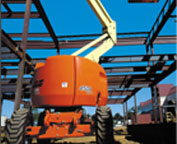
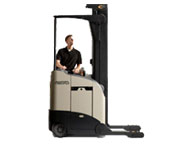
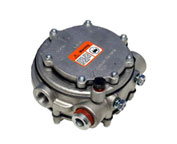
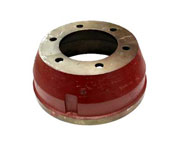
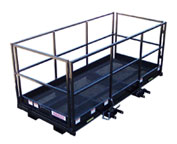
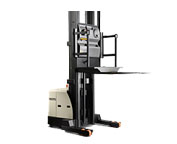
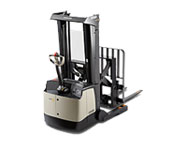
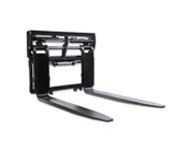
Lift Parts Express
TOLL FREE: 1-888-695-7994
Vernal, Utah
forkliftpartsvernal.com
Email Us
About Us


